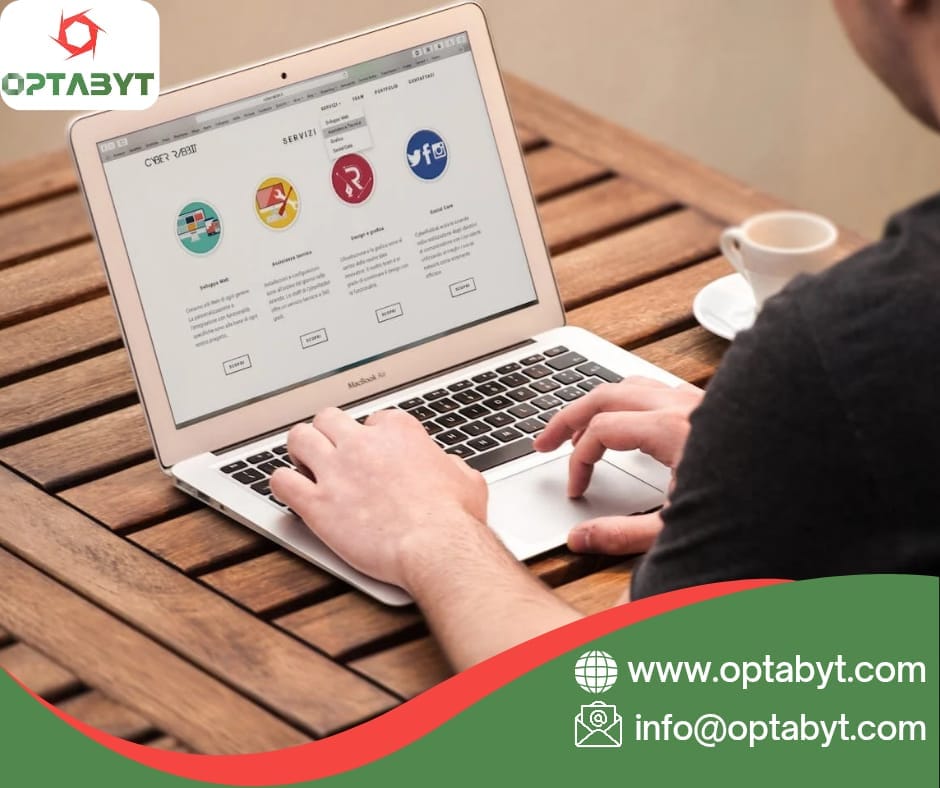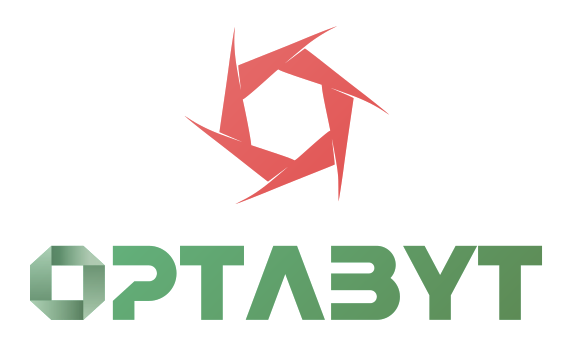
Table of Contents
ToggleFrontend Development Norway: Building Modern, Lightning-Fast Websites for the Norwegian Market
Table of Contents
Introduction
In today’s fast-paced digital world, users expect websites to load instantly, look great, and function flawlessly. The frontend—the visual and interactive part of a website—is the first thing users notice. That’s why frontend development in Norway has become essential for businesses looking to thrive online.
Whether you’re launching an e-commerce store, a corporate website, or a progressive web app, investing in expert frontend development ensures better user experiences (UX), higher conversions, and a stronger brand presence—tailored to Norwegian standards and user behavior.
This guide breaks down everything you need to know about frontend development in Norway: from tools and technologies to best practices, pricing, and the importance of local expertise.
What is Frontend Development?
Frontend development involves designing and coding the user-facing part of a website or app. It includes everything from layout and buttons to animations and interactive forms—essentially, all elements users see and interact with.
Key Technologies Used:
HTML5 – Structures your content
CSS3 – Adds styling and layout
JavaScript – Powers interactivity and behavior
Frontend Frameworks – React, Vue.js, Next.js, and others for dynamic UIs
In Norway, frontend developers are in high demand, especially those who understand performance optimization, accessibility, and cultural preferences.
Why Frontend Development Matters for Norwegian Businesses
1. User Experience is Key
Norwegian users value clean design and intuitive navigation. A well-developed frontend keeps users engaged and builds trust.
2. Mobile-First Usage
More than 80% of Norwegian web traffic comes from mobile devices. Mobile-first design is a must.
3. Speed Impacts SEO
Google rewards fast-loading websites. A lightweight frontend boosts rankings and user satisfaction.
4. Local Design Aesthetics
Minimalism, clarity, and trustworthiness are crucial. Norwegian frontend developers know what resonates locally.
5. Legal Compliance
Websites must comply with GDPR and accessibility (WCAG 2.1). Frontend code must include cookie banners, opt-in features, and keyboard navigability.
Core Components of Frontend Development
1. Responsive Web Design
Your website must adapt across smartphones, tablets, laptops, and desktops. We use tools like Tailwind CSS, Bootstrap, and custom breakpoints for flexible layouts.
2. Performance Optimization
To ensure fast load times, we implement:
Lazy loading
CSS/JS minification
WebP image formats
Browser caching
Server-side rendering (e.g., with Next.js)
3. Accessibility (WCAG 2.1 Standards)
We build inclusive websites with:
Keyboard navigation
Alt tags
Logical heading structures
ARIA roles
4. Interactive Elements
We create engaging user experiences with:
Dynamic forms
Toggle menus
Modals and sliders
SPA-like transitions
5. UI/UX Design Implementation
We convert design files (Figma, Adobe XD) into responsive, animated, pixel-perfect frontends with proper spacing, grids, and typography.
Popular Frontend Frameworks in Norway
React.js
Scalable, component-based architecture
Ideal for SPAs and interactive applications
Widely used in startups and enterprises
Vue.js
Lightweight and easy to learn
Ideal for small to mid-size projects
Next.js
Built on React
Offers server-side rendering and static generation
Great for SEO and fast content loading
Tailwind CSS
Utility-first approach
Enables fast prototyping and responsive design
Popular in Norway for its flexibility and clean code output
Our Frontend Services in Norway
Custom Website Frontend
Tailored interfaces for portfolios, blogs, landing pages, and brand websites.
E-commerce Frontend Development
Dynamic product filtering
Real-time shopping cart updates
Smooth checkout
Payment gateway integrations (Vipps, Klarna, Stripe)
Web App Interfaces
Interactive frontends for SaaS products, admin dashboards, CRMs, and booking systems.
Headless CMS Frontends
Modern frontends connected to CMS platforms like WordPress, Strapi, or Sanity via APIs.
UI/UX to Code
We translate design mockups into fully responsive, interactive frontends using best practices.
Our Frontend Development Process
1. Discovery & Planning
We understand your goals, audience, and project scope.
2. Wireframing & Prototyping
We create visual blueprints to define layout and UX flow.
3. Development
Our developers build the structure, style, and behavior using HTML, CSS, and JavaScript.
4. Testing
We ensure compatibility across:
Browsers (Chrome, Safari, Firefox, Edge)
Devices (mobile, tablet, desktop)
Accessibility and speed tools
5. Launch & Optimization
We deploy the frontend and fine-tune it for performance and SEO.
6. Maintenance & Support
Ongoing frontend updates, A/B testing, and technical SEO adjustments.
Frontend Development Pricing in Norway
| Project Type | Estimated Cost (NOK) | Timeline |
|---|---|---|
| Simple Marketing Website | 25,000 – 50,000 | 2 – 3 weeks |
| E-commerce Frontend | 50,000 – 100,000 | 3 – 5 weeks |
| Custom Web App Interface | 100,000 – 200,000+ | 5 – 8 weeks |
| Headless Architecture | 120,000+ | 6 – 10 weeks |
Pricing varies depending on animations, responsiveness, integration needs, and project complexity.
Industries We Serve
Retail & E-commerce – Faster, mobile-first shopping experiences
Tech Startups – Interactive dashboards and apps
Education – E-learning platforms with responsive UIs
Public Sector – Accessible and multilingual government websites
Tourism – Story-driven designs and booking interfaces
Healthcare – Secure and user-friendly patient portals
10 Frequently Asked Questions (FAQs)
1. What’s included in frontend development?
All user-facing elements—layout, buttons, animations, and interactions.
2. Does frontend development affect SEO?
Absolutely. Speed, responsiveness, and content structure all impact rankings.
3. What frameworks do you use?
React, Vue.js, Next.js, Tailwind CSS—based on your project needs.
4. Do you build mobile apps?
We focus on responsive web design but can collaborate with mobile teams.
5. Can you integrate third-party APIs?
Yes, including REST, GraphQL, and external services like Stripe and Klarna.
6. Is accessibility included?
Yes, we follow WCAG 2.1 standards and ensure GDPR compliance.
7. Can you convert designs into code?
Yes, we provide pixel-perfect implementations from Figma, Sketch, and Adobe XD.
8. What if I already have a backend?
No problem. We can connect your frontend via APIs to any backend system.
9. Do you optimize for speed and performance?
Yes, performance is one of our top priorities.
10. What devices and browsers do you support?
All major devices and browsers—desktop, mobile, tablet, and more.
Conclusion
In Norway’s competitive digital landscape, your frontend is your first impression—and it needs to be fast, beautiful, and functional. Frontend development in Norway ensures your website is tailored to local expectations, optimized for all devices, and compliant with legal standards.
Whether you’re launching a new product, upgrading an outdated website, or building an app interface, we bring the design and technical expertise needed to turn your vision into a high-performing reality.
Ready to build a stunning, user-first website for the Norwegian market? Let’s create something exceptional—together.
